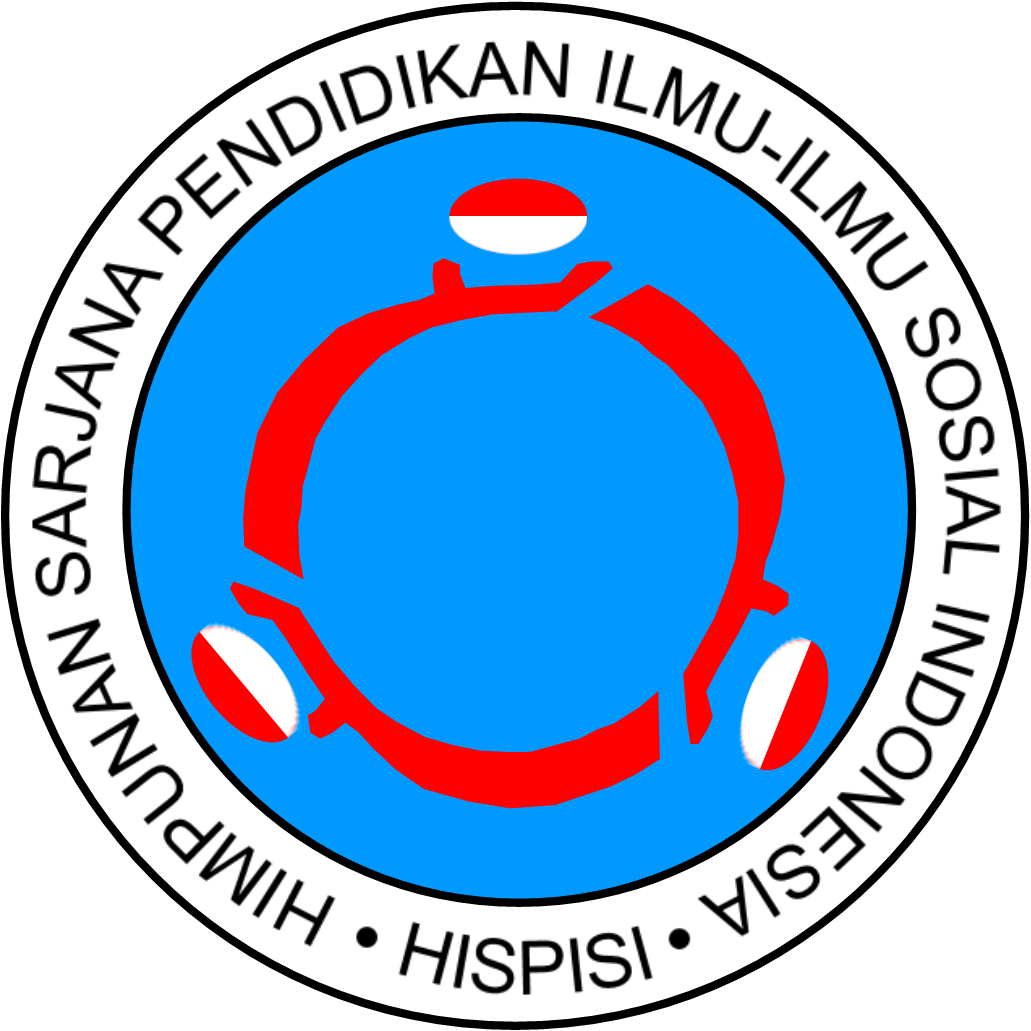Analysis of Community Appreciation in Urban Governance Through 'Soul And Body' Approach in Bandung City
Abstract
Urbanization encourages the development of urban structures that have an impact on urban development and governance systems. This study aims to determine the level of community appreciation and its influence on development through the 'soul and body' approach and the influence of the city's soul on the city's body to support the development of the city of Bandung. The results show that the indicators of the soul that have the highest value are identity, attachment, and satisfaction, while the indicators of the body that have the highest value include commercial services, culture and arts, and diversity, and there is a significant influence of the city's soul on the body of the city. It was concluded that the city of Bandung has a strong urban soul that has a positive effect on the city body. This indicates the appreciation of the community for improving the management and development of Bandung city. Recommendations for the government to seek in development to pay attention to community participation in planning and governance processes through collaborative planning techniques, strengthen communicative rationality and institutional planning through a sociological institutionalism approach to create urban prosperity and balance.
Keywords
Full Text:
PDFReferences
Agovino, M., Crociata, A., Quaglione, D., Sacco, P., and Sarra, A. (2017). Good taste tastes good. Cultural capital as a determinant of organic food purchase by Italian consumers: Evidence and policy implications. Ecological Economics, 141(22), 66-75.
Almulhim, A. I., Bibri, S. E., Sharifi, A., Ahmad, S., and Almatar, K. M. (2022). Emerging trends and knowledge structures of urbanization and environmental sustainability: A regional perspective. Sustainability, 14(20), 13195.
Fadhilah, A., Ramdani, M. S., and Haryatiningsih, R. (2022). Karakteristik Pendatang Di Kecamatan Sukajadi Kota Bandung Tahun 2020. Nuansa Akademik: Jurnal Pembangunan Masyarakat, 7(2), 187-202.
Fitriani, E. (2014). Evaluasi pemenuhan standar trotoar di central business district (Studi kasus kota Bandung). Warta Penelitian Perhubungan, 26(11), 663-676.
Glaeser, E. L., Kolko, J., and Saiz, A. (2001). Consumer city. Journal of economic geography, 1(1), 27-50.
Gottlieb, P. D., and Joseph, G. (2006). College‐to‐work migration of technology graduates and holders of doctorates within the United States. Journal of Regional Science, 46(4), 627-659.
Hermawati, R., Paskarina, C., and Runiawati, N. (2017). Toleransi antar umat beragama di Kota Bandung. Umbara, 1(2). 105-124.
Jain, M., and Rohracher, H. (2022). Assessing transformative change of infrastructures in urban area redevelopments. Cities, 124(24), 1-12.
Jorgensen, B. S., and Stedman, R. C. (2006). A comparative analysis of predictors of sense of place dimensions: Attachment to, dependence on, and identification with lakeshore properties. Journal of environmental management, 79(3), 316-327.
Kourtit, K., and Nijkamp, P. (2019). Creative actors and historical–cultural assets in urban regions. Regional Studies, 53(7), 977-990.
Kourtit, K., Neuts, B., Nijkamp, P., and Wahlström, M. H. (2021). A structural equation model for place-based city Love: An application to Swedish cities. International regional science review, 44(4), 432-465.
Kusumawardhani, V., Sutjahjo, S. H., and Dewi, I. K. (2016). Penyediaan Perumahan Dan Infrastruktur Dasar Di Lingkungan Permukiman Kumuh Perkotaan (Studi Kasus Di Kota Bandung). NALARs, 15(1), 13-24.
Lindell, M. K., and Prater, C. S. (2007). Critical behavioral assumptions in evacuation time estimate analysis for private vehicles: Examples from hurricane research and planning. Journal of Urban Planning and Development, 133(1), 18-29.
Mardiansjah, F. H., and Rahayu, P. (2019). Urbanisasi dan pertumbuhan kota-kota di Indonesia: Suatu perbandingan antar-wilayah makro Indonesia. Jurnal Pengembangan Kota, 7(1), 91-110.
Mawkhlieng, D., and Debbarma, S. (2018). Conditions of urban slums and its quality of life in india: A Regional Analysis. Journal of Regional Development and Planning, 7(1), 71-84.
Naude, W., Rossouw, S., and Krugell, W. (2009). The non-monetary quality of city life in South Africa. Habitat international, 33(4), 319-326.
Rahmawati, F., and Isya, H. R. M. determining the location of the earthquake shelter evacuation. Jurnal Pendidikan Ilmu Sosial, 31(2). 131-138.
Scott, A. J. (2017). Urbanization, work and community: The logic of city life in the contemporary world. Quality Innovation Prosperity, 21(1), 9-30.
Setiawan, I. (2010). Migrasi penduduk menuju daerah pinggiran kota Bandung dan implikasinya terhadap kualitas lingkungan permukiman. Jurnal Geografi Gea, 10(2), 1-7.
Setiowibowo, S., Kurniawan, E. B., and Usman, F. (2020). Hubungan pembangunan perumahan terhadap aspek sosial ekonomi masyarakat dan lingkungan permukiman di kelurahan mlajah. Planning for Urban Region and Environment Journal (PURE), 9(4), 131-142.
Umar, A. (2012). Pengaruh upah, Motivasi kerja, dan kepuasan kerja terhadap kinerja pekerja pada industri manufaktur di kota Makassar. Jurnal Aplikasi Manajemen, 10(2), 406-418.
Whisler, R. L., Waldorf, B. S., Mulligan, G. F., and Plane, D. A. (2008). Quality of life and the migration of the college‐educated: A life‐course approach. Growth and Change, 39(1), 58-94.
Yusuf, A. W. (2014). Partisipasi masyarakat dalam pembangunan kota yang berkelanjutan dan berkeadilan. Jurnal Administrasi Publik, 11(2). 53-68.
Zukin, S. (2012). The social production of urban cultural heritage: Identity and ecosystem on an Amsterdam shopping street. City, Culture and Society, 3(4), 281-291.
DOI: https://doi.org/10.17509/jpis.v32i1.55354
Refbacks
- There are currently no refbacks.
Copyright (c) 2023 Universitas Pendidikan Indonesia (UPI)

This work is licensed under a Creative Commons Attribution-ShareAlike 4.0 International License.















